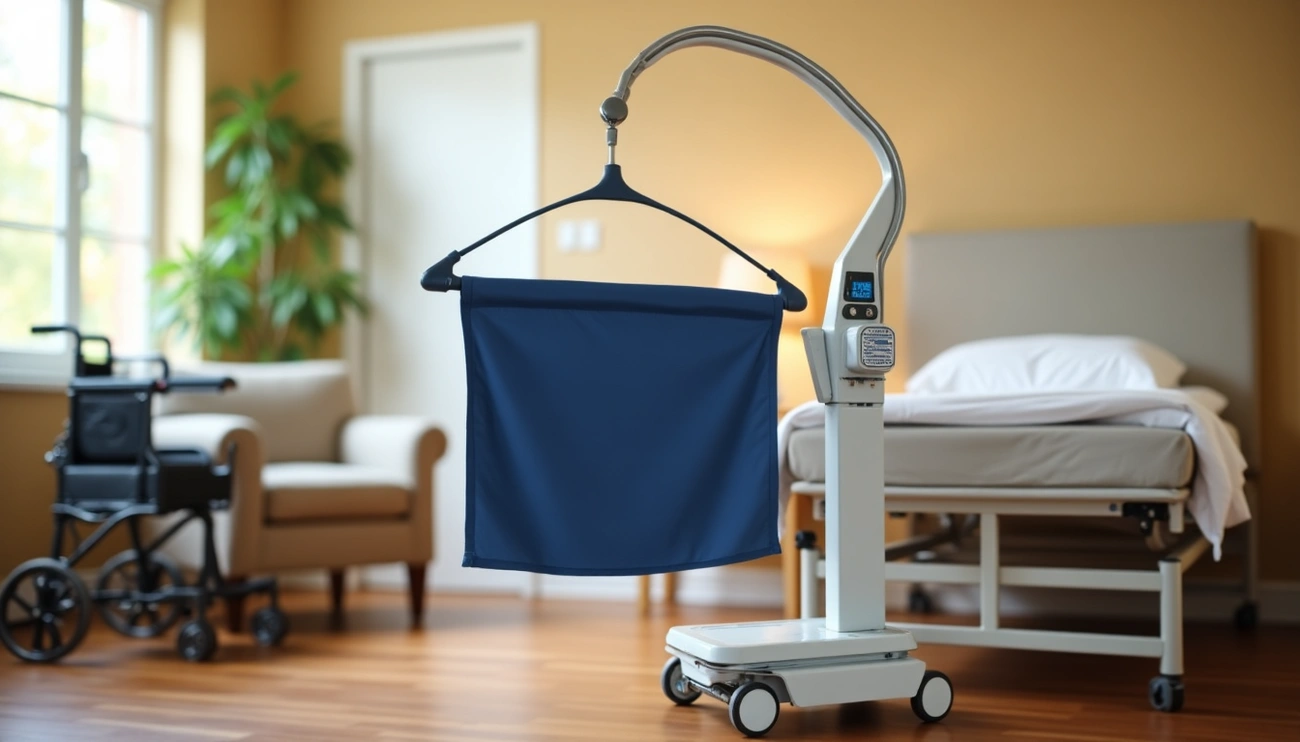Nursing home care quality is a critical concern in today’s healthcare landscape. As the aging population grows, the demand for skilled nursing facilities continues to rise, placing increased emphasis on the standards and practices that govern these essential institutions. The quality of care provided in nursing homes has a profound impact on the health, safety, and overall well-being of some of society’s most vulnerable members.
This article delves into the current state of nursing home care quality, examining the standards that guide these facilities and the best practices that contribute to superior care. It explores the role of health inspections, staffing levels, and nutritional meals in shaping the resident experience. The discussion also covers the importance of professional staff, needs assessment, and ongoing oversight to ensure high-quality health care services. By analyzing these factors, readers will gain valuable insights to compare nursing homes and understand the complex elements that influence health-care quality in long-term care settings.
Current State of Nursing Home Care Quality
Public Perception
The current state of nursing home care quality in the United States is marked by significant public concern. A recent poll conducted by Gallup and West Health revealed that about 7 in 10 adults express discomfort with the prospect of living in a nursing home. This unease is particularly pronounced among women, who cite personal safety as a major concern. The public’s negative perception of nursing homes has been attributed to media portrayals and societal ageism, which often devalue older lives.
Grading System
Americans give nursing homes an average grade of D+ for quality of care. This low rating stems from a comprehensive evaluation system implemented by the Centers for Medicare and Medicaid Services (CMS). The Five-Star Nursing Home Quality Rating System, available on the Nursing Home Care Compare website, allows consumers to assess and compare nursing homes based on various criteria. The system rates facilities on a scale of 1 to 5 stars, with 5 stars indicating much above average quality and 1 star signifying much below average quality.
Key Areas of Concern
Several critical issues contribute to the current state of nursing home care quality:
- Safety: Only 26% of Americans believe nursing homes are safe places, while 41% think they are not.
- Quality of Care: 70% of respondents cite quality of care as the top reason for discomfort with nursing homes.
- Cost: 49% of people express concerns about the financial burden of nursing home care.
- Staffing: Inadequate staffing levels remain a persistent problem, with many facilities falling below recommended standards.
- Preventable Adverse Events: These constitute more than half of all harms experienced by nursing home residents, including falls, infections, and medication-related issues.
Evaluating Nursing Home Standards
Federal and State Regulations
The Nursing Home Reform Act of 1987 requires nursing homes participating in Medicare and Medicaid to comply with specific quality of care rules. These facilities must provide services to maintain the highest practicable physical, mental, and psychosocial well-being of each resident. Federal regulations mandate that nursing homes have sufficient nursing staff, conduct comprehensive resident assessments, develop care plans, and prevent deterioration of residents’ abilities.
Quality Measures
The Centers for Medicare and Medicaid Services (CMS) has implemented a Five-Star Nursing Home Quality Rating System. This system evaluates facilities on various criteria, including short-stay and long-stay quality measures. These measures assess aspects such as re-hospitalization rates, emergency department visits, antipsychotic medication use, and pressure ulcer prevalence. The Minimum Data Set (MDS) 3.0 Quality Measures User’s Manual provides guidance on risk adjustment and measure calculations.
Staffing Requirements
CMS has recently introduced new federal minimum staffing standards for long-term care facilities. The total nurse staffing standard is set at 3.48 hours per resident day, including at least 0.55 hours of direct registered nurse care and 2.45 hours of direct nurse aide care. These requirements aim to reduce the risk of unsafe and low-quality care. However, compliance varies significantly, with many facilities currently falling short of these standards. CMS is implementing these requirements in phases over three years, acknowledging the challenges faced by rural facilities.
Best Practices in Nursing Home Care
Person-centered Care
Person-centered care has an impact on nursing home care quality by focusing on residents’ emotional needs and preferences. This approach emphasizes relationships in care rather than task-centered approaches. Core characteristics include respecting individuals as full members of society, providing individualized spaces, understanding residents’ perspectives, and offering opportunities for social engagement. Nursing homes implementing this approach use systems to get to know residents, such as life story interviews and preference inventories. They also employ creative staffing approaches, like consistent staff and “universal worker” job descriptions. Maximizing independence is another key aspect, allowing residents to choose their schedules and activities.
Staff Training and Retention
High-quality nursing staff retention has a significant impact on care quality. When facilities struggle with retention, it can lead to decreased resident health, increased care costs, and lower job satisfaction among remaining staff. To address this, nursing homes can offer competitive wages, performance-based bonuses, and good benefits. Providing flexible schedules and promoting work-life balance shows respect for staff needs. Investing in career development and ongoing education not only improves skills but also boosts employee confidence and connection to the workplace. Creating a family atmosphere and offering wellness perks can also help retain excellent staff members.
Technology Integration
Technology integration in nursing homes has the potential to transform patient care. Electronic health records (EHR) help keep patient information updated and accurate. Barcode medication administration systems and automated dispensing machines ensure the “five rights” of medication administration. Remote patient monitoring systems allow nurses to track vital signs in real-time, enhancing care efficiency and empowering patients to manage their health proactively. Telemedicine can bridge gaps in healthcare access, especially crucial during situations like the COVID-19 pandemic. Data analytics and artificial intelligence offer powerful capabilities for enhancing patient care, streamlining workflows, and predicting health outcomes.
Improving Nursing Home Care Quality
Policy Recommendations
To enhance nursing home care quality, a comprehensive approach is necessary. The National Academies of Sciences, Engineering, and Medicine committee has outlined seven critical goals. These include delivering person-centered care, ensuring a well-prepared workforce, increasing transparency, creating a robust financing system, designing effective quality assurance, expanding quality measurement, and adopting health information technology. These recommendations aim to address the complex challenges facing nursing homes and require urgent attention from various stakeholders.
Funding Considerations
Improving nursing home care quality requires significant investment. The sector has suffered from underinvestment and lack of accountability for resource allocation. Examples of inadequate investment include low staff salaries, insufficient oversight support, and neglect of residents’ voices in quality improvement efforts. While some reinvestment can come from increased efficiencies, additional financial resources at federal and state levels, as well as from nursing homes themselves, will likely be necessary. However, this investment should be tied to transparency requirements and monitored through stronger oversight to ensure proper allocation of resources.
Transparency and Accountability
Increased transparency and accountability in nursing home finances, operations, and ownership are crucial for understanding and improving care quality. Currently, there is limited transparency regarding nursing homes contracting with related-party organizations for services. Improving the ability to track resource allocation and gaining a more accurate sense of overall financial status are essential elements of transparency. States are beginning to respond to federal changes through policies aimed at improving nursing home care, but limited support is available to help states implement these efforts. Initiatives like the State Nursing Home Innovation & Transparency Learning Collaborative are working to support states in developing strategies to enhance nursing home transparency and accountability.
Conclusion
The quality of nursing home care remains a pressing concern, with significant room for improvement across various aspects. From staffing levels to person-centered care approaches, the industry faces challenges that have an impact on the well-being of residents. However, there’s hope on the horizon as new standards, best practices, and technological advancements pave the way for better care. The push for transparency and accountability also shows promise to enhance the overall quality of nursing home services.
Moving forward, it’s crucial to keep focusing on implementing evidence-based practices and fostering a culture of continuous improvement in nursing homes. By investing in staff training, embracing new technologies, and prioritizing resident needs, the sector can work towards providing high-quality care that meets the complex needs of the aging population. While there’s still a long road ahead, these efforts lay the groundwork to create a more compassionate and effective long-term care system for seniors.
FAQs
- What does the quality measures star rating in nursing homes indicate?
- The quality measures star rating in nursing homes evaluates specific aspects of care, such as whether residents have received flu vaccinations, are experiencing pain, or are losing weight.
- What does Quality Assurance (QA) entail in a nursing home setting?
- Quality Assurance in nursing homes is a system used to evaluate performance by focusing on structure, processes, and outcomes. It aims to identify and address problems or enhance operations through planned, objective, comprehensive, systematic, measurable, and ongoing programs.












